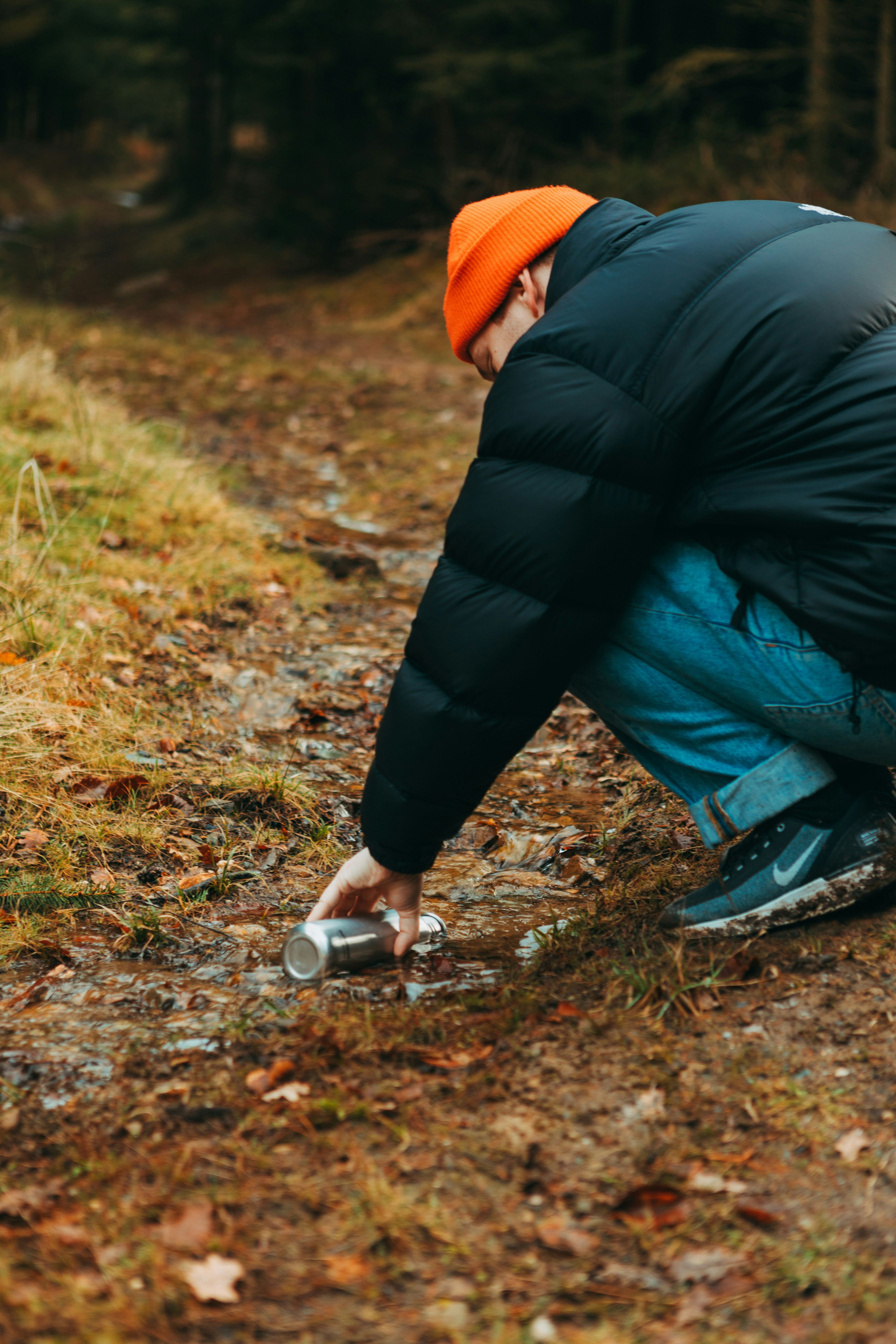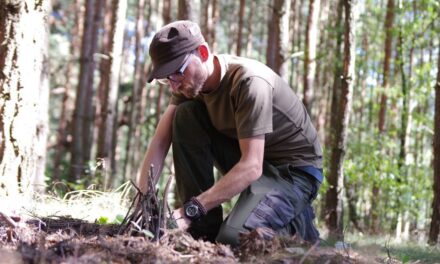Survival situations demand more than just knowledge and equipment; they require physical endurance and strength. Whether you’re preparing to hike through rugged terrain after a natural disaster or need to defend yourself in unpredictable circumstances, survival fitness exercises can be critical. This guide will provide an overview of essential fitness exercises designed to build the physical capabilities necessary for survival scenarios.
Survival fitness focuses on improving cardiovascular endurance, strength, flexibility, and mental toughness. Each of these components plays a vital role in preparing your body and mind to handle the stresses of survival situations effectively. By incorporating specific exercises into your routine, you can enhance your ability to perform under pressure, manage fatigue, and reduce the risk of injury.
In this article, we will explore a variety of exercises that are tailored to boost your survival fitness. From simple daily routines to comprehensive workout plans, we’ll cover how to integrate these exercises into your lifestyle, ensuring you are as prepared as possible for any challenge that may come your way.
Join us as we delve into the details of survival fitness exercises, demonstrating how physical preparedness can significantly impact your ability to navigate and endure emergency situations. Whether you are an outdoor enthusiast, a disaster prepper, or simply seeking to improve your overall fitness, this guide will provide valuable insights into training for survival.
Continuing with the in-depth explanations about survival fitness exercises:
Essential Survival Fitness Exercises
Cardiovascular Endurance
Enhancing your cardiovascular endurance is crucial for survival situations where you might need to travel long distances or perform strenuous activities for extended periods. Here are key exercises to boost your stamina:
- Running or Jogging: A fundamental way to build endurance. Start with moderate distances and gradually increase the length and intensity of your runs.
- Cycling: Provides a low-impact method to improve heart health and stamina. It’s particularly useful for building leg strength and endurance.
- Swimming: Works the entire body and is excellent for improving both stamina and breath control, which can be crucial in survival scenarios involving water.
Strength Training
Strength is necessary not only for carrying supplies but also for climbing, lifting, and defending oneself if needed. Incorporate these exercises into your routine:
- Bodyweight Workouts: Push-ups, pull-ups, squats, and lunges are great for increasing body strength without the need for gym equipment.
- Weight Lifting: If accessible, use free weights or resistance bands to perform deadlifts, bench presses, and other compound movements that target multiple muscle groups.
- Kettlebell Training: Engages the whole body and improves both strength and cardiovascular fitness, making it ideal for survival fitness.
Flexibility and Mobility
Maintaining flexibility and mobility is vital to avoid injuries and move efficiently. Practice these activities regularly:
- Yoga: Enhances flexibility, balance, and mental focus—key attributes for managing stress and physical challenges during emergencies.
- Dynamic Stretching: Focuses on active muscle stretches, which are beneficial before and after workouts to improve mobility and reduce injury risks.
- Tai Chi: Combines gentle movements and deep breathing to improve balance, flexibility, and calmness—useful for mental and physical preparation.
Mental Toughness and Stress Management
Survival scenarios can be as mentally demanding as they are physically. Incorporate these practices to enhance your mental resilience:
- Meditation: Regular meditation can improve your stress management, allowing you to remain calm and focused under pressure.
- Outdoor Skills Training: Regularly spend time hiking, camping, or engaging in other outdoor activities that familiarize you with survival situations while testing your fitness and adaptability.
- Problem-Solving Games: Engage in activities that challenge your mind, such as puzzle-solving or strategy games, which can improve your decision-making skills in unpredictable situations.
Integrating Survival Fitness into Your Daily Routine
Consistency is key in building survival fitness. Aim to incorporate a mix of cardiovascular, strength, and flexibility exercises into a weekly routine. Gradually increase the intensity and duration of your workouts to continuously challenge your body and improve your capabilities. Remember, the goal is to prepare for the unexpected, so keep your exercises varied and aligned with realistic survival scenarios.
By adopting these survival fitness exercises, you’re not just preparing your body for emergencies; you’re enhancing your overall health and well-being, ensuring you’re fit to face whatever challenges life throws your way.
Conclusion: Empowering Survival Through Fitness
Survival fitness is a comprehensive approach that prepares you physically and mentally for emergency scenarios. By focusing on cardiovascular endurance, strength, flexibility, and mental toughness, you equip yourself with the tools necessary to handle challenging situations effectively. The exercises detailed in this guide are designed to enhance your ability to endure, adapt, and overcome in times of crisis.
Key Takeaways for Enhancing Your Survival Fitness:
- Regular Exercise: Incorporate a balanced mix of endurance, strength, and flexibility exercises into your weekly routine to build comprehensive fitness.
- Practice Makes Perfect: Regularly test your fitness in realistic settings, such as hiking in varied terrain or camping in challenging conditions, to apply your physical skills in practical scenarios.
- Mental Preparation: Engage in activities that stress mental endurance and decision-making to enhance your mental toughness, crucial for survival.
- Stay Informed: Keep learning new skills and updating your exercise routines to address specific survival scenarios you might face, depending on your geographical location and potential emergencies.
- Community Engagement: Share skills and participate in group training when possible to build a support network that enhances collective resilience and preparedness.
With the right preparation and mindset, survival fitness exercises can transform your ability to navigate emergencies with confidence. Whether you are preparing for natural disasters, unexpected accidents, or exploring the great outdoors, your fitness levels will play a crucial role in your overall preparedness and ability to react effectively.








